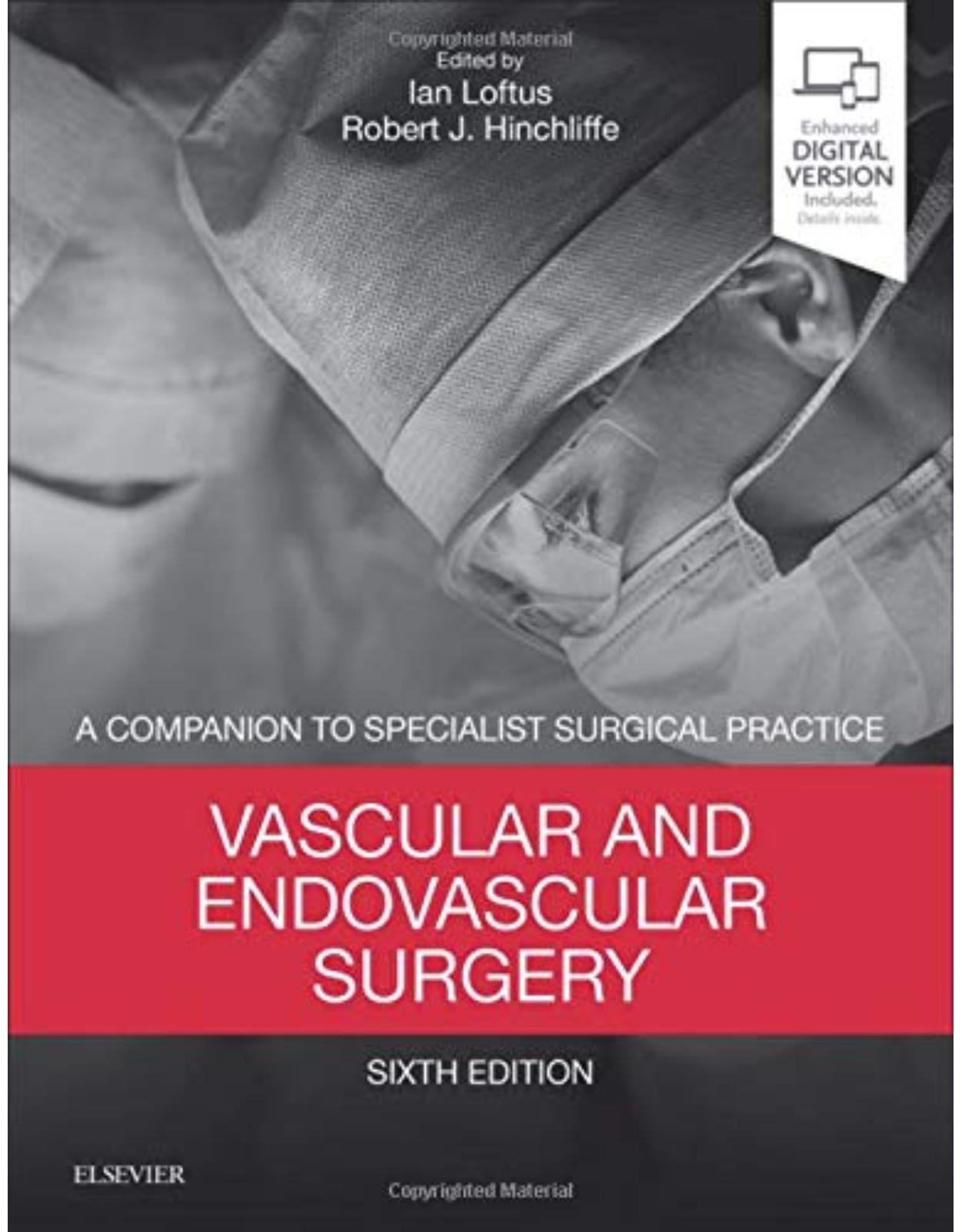
Vascular and Endovascular Surgery: A Companion to Specialist Surgical Practice, 6e
Livrare gratis la comenzi peste 500 RON. Pentru celelalte comenzi livrarea este 20 RON.
Disponibilitate: La comanda in aproximativ 4 saptamani
Editura: Elsevier
Limba: Engleza
Nr. pagini: 352
Coperta: Hardcover
Dimensiuni: 19.69 x 1.91 x 25.4 cm
An aparitie: 22 Jun. 2018
Description:
Vascular and Endovascular Surgery meets the needs of surgeons in higher training and practising consultants for a contemporary and evidence-based account of this sub-specialty that is relevant to their general surgical practice. It is a practical reference source incorporating the most current information on recent developments, management issues and operative procedures. The text is thoroughly referenced and supported by evidence-based recommendations wherever possible, distinguishing between strong evidence to support a conclusion, and evidence suggesting that a recommendation can be reached on the balance of probabilities.
For this Sixth Edition the authorship team across the series has been expanded to include additional European and World experts, with an increased emphasis on global practice. Throughout all six volumes the contents have been extensively revised in line with recently published evidence. Detailed supportive key references are provided and are also included within the comprehensive list of references in the accompanying virtual edition. Links to recommended online videos have been added where appropriate.
The Companion to Specialist Surgical Practice series provides a current and concise summary of the key topics within the major sub-specialties of general surgery.
Each volume highlights evidence-based practice both in the text and within the extensive list of references at the end of every chapter.
Vascular surgery is developing at a rapid pace, especially in the field of medical therapy and endovascular interventions. This new edition aims to put these developments into context, and give a balanced view with regard to technological advances and more traditional techniques. Vascular and endovascular practitioners will find this a very useful resource in their day to day clinical practice.
Table of Contents:
Copyright
Series Editors’ preface
Editors’ preface
Acknowledgements
Evidence-based practice in surgery
Contributors
1: Epidemiological risk factors for PAD, risk stratification and risk factor management
Introduction
Epidemiology of PAD
Natural history of PAD: limb-specific, cardiovascular morbidity and mortality
Epidemiological risk factors for PAD, risk stratification and risk factor management (Fig. 1.3)
Conclusions
2: Assessment of chronic lower limb ischaemia
Acknowledgement
Introduction
Intermittent claudication
Rare causes of ischaemia
History and examination
Risk factors
Vascular laboratory
Radiological investigations
Classification of aorto-iliac, femoral popliteal and infrapopliteal disease
3: Medical treatment of chronic lower limb ischaemia
Introduction
PAD diagnosis and screening
Modifying cardiovascular risk
Medical treatment for symptomatic PAD
Pharmacologic interventions
Intermittent Pneumatic Compression
Angiogenesis
Conclusions
4: Intervention for chronic lower limb ischaemia
Disclosure
Introduction
Presenting symptoms
Exercise therapy
Medical therapy
Global trends toward revascularisation treatment
A regional approach to intervention
Percutaneous treatment for aorto-iliac disease
The angiosome concept
Primary amputation
5: The diabetic foot
Introduction
Epidemiology
Development of foot ulceration
Management
Medical problems on the surgical ward
Charcot neuro-osteoarthropathy
6: Amputation, rehabilitation and prosthetic developments
Introduction
Epidemiology
Indications for amputation
Level selection
Surgical considerations
Rehabilitation
Prostheses
Rehabilitation for the bariatric patient
7: Revision vascular surgery
Introduction
Graft occlusion
Graft infection
Graft aneurysms
Carotid artery
Revision surgery after EVAR
Revision after TEVAR
8: Management of acute lower limb ischaemia
Introduction
Aetiology
Clinical features
Initial management
Revascularisation
Further management
Overall prognosis
Conclusions
9: Vascular trauma
Introduction
Mechanism of injury
Sequelae of vascular injuries
Clinical assessment
Resuscitation and initial management
Special investigations
General principles of management of vascular injury
Endovascular management of vascular trauma
Cervical vascular injuries
Thoracic vascular injuries
Abdominal vascular injuries
Extremity vascular trauma
10: Extracranial cerebrovascular disease
Introduction
Aetiology and risk factors
Non-atheromatous carotid diseases
Presentation of carotid disease
Investigation of carotid disease severity
Management of cerebrovascular disease
Management of carotid disease
Surgical management of carotid disease – carotid endarterectomy
Endovascular treatment of carotid disease
Periprocedural haemodynamic problems
11: Vascular disorders of the upper limb
Introduction
Clinical examination
Occlusive disease
Aneurysmal disease
Upper limb embolism
Thoracic outlet syndrome
Subclavian–axillary vein thrombosis
12: Primary and secondary vasospastic disorders (Raynaud's phenomenon) and vasculitis
Introduction
Raynaud's phenomenon
Connective tissue diseases
13: Peripheral and abdominal aortic aneurysms
Introduction
Epidemiology
Pathophysiology
Clinical features
Screening
Diagnosis
Principles of management
Repair of intact abdominal aortic aneurysm
Operative repair of ruptured abdominal aortic aneurysm
Infected aneurysms
Peripheral aneurysms
14: Thoracic and thoraco-abdominal aortic disease
Introduction
Imaging of the thoracic aorta
Thoracic aortic aneurysms (TAAs)
Thoraco-abdominal aortic aneurysms (TAAAs)
Thoracic dissection and acute aortic syndrome
Treatment of chronic type B dissections
Traumatic aortic injury (TAI)
Aorto-oesophageal and aortopulmonary fistula
15: Disorders of the renal and mesenteric circulation
Renal vascular disease
Mesenteric vascular disease
Acute thromboembolic occlusion of the superior mesenteric artery
Mesenteric ischaemia
16: Central venous and dialysis access
Introduction
Central venous access
Temporary dialysis access
Permanent dialysis access
Access in children
17: Varicose veins
Introduction
Pathophysiology
Epidemiology and natural history
Clinical presentation
Thread veins and reticular veins (CEAP C1)
Clinical assessment
Venous investigations
Treatment
Evidence for varicose vein interventions
Rationing of varicose vein treatments
Atypical varicose veins
Conclusions
18: Chronic leg swelling
Chronic venous insufficiency (CVI)
Dependency and inactivity
Lymphoedema
19: The acutely swollen leg
Introduction
Pathophysiology of oedema
Medical history
Physical examination
Differential diagnosis
Deep venous thrombosis
Post-thrombotic syndrome
Catheter-directed thrombolysis
New treatment modalities
Other PMT devices
The future
20: Vascular anomalies
Introduction
Classification
Vascular tumours
Tufted angioma
Kaposiform haemangioendothelioma (KHE)
Vascular malformations
Conclusions
Index
| An aparitie | 22 Jun. 2018 |
| Autor | Ian Loftus MD FRCS , Robert J. Hinchliffe MD FRCS |
| Dimensiuni | 19.69 x 1.91 x 25.4 cm |
| Editura | Elsevier |
| Format | Hardcover |
| ISBN | 9780702072536 |
| Limba | Engleza |
| Nr pag | 352 |
-
1,17600 lei 96600 lei

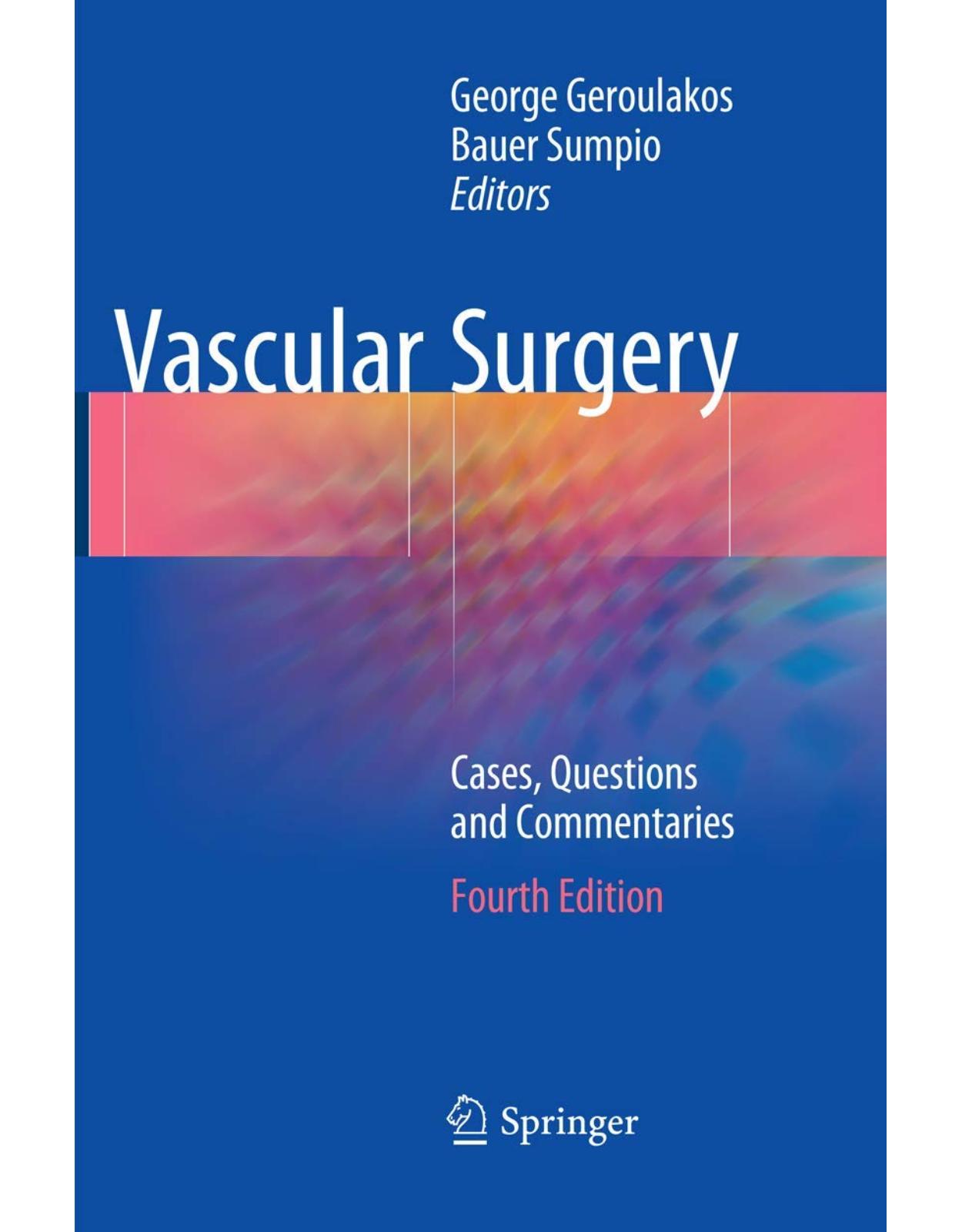
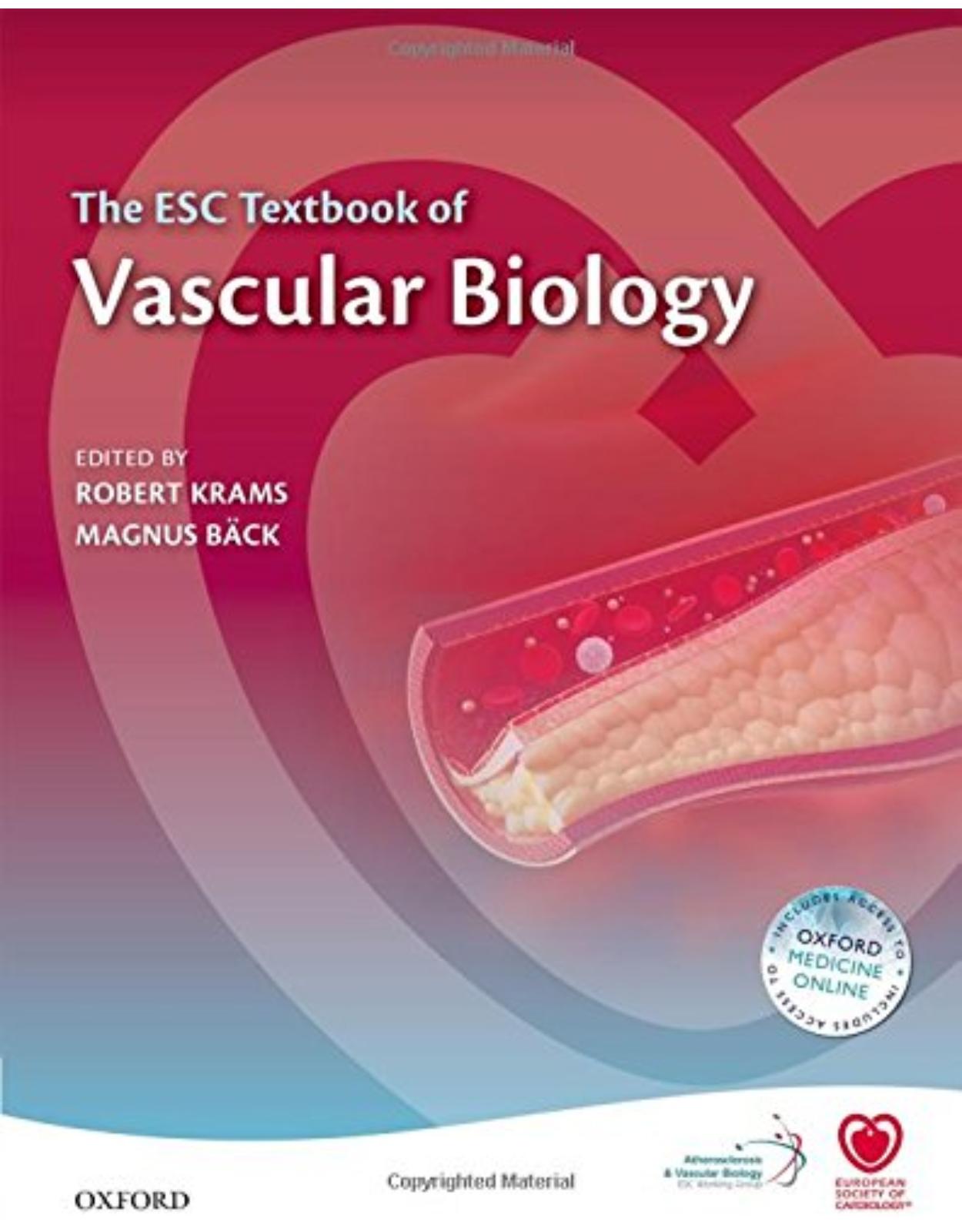
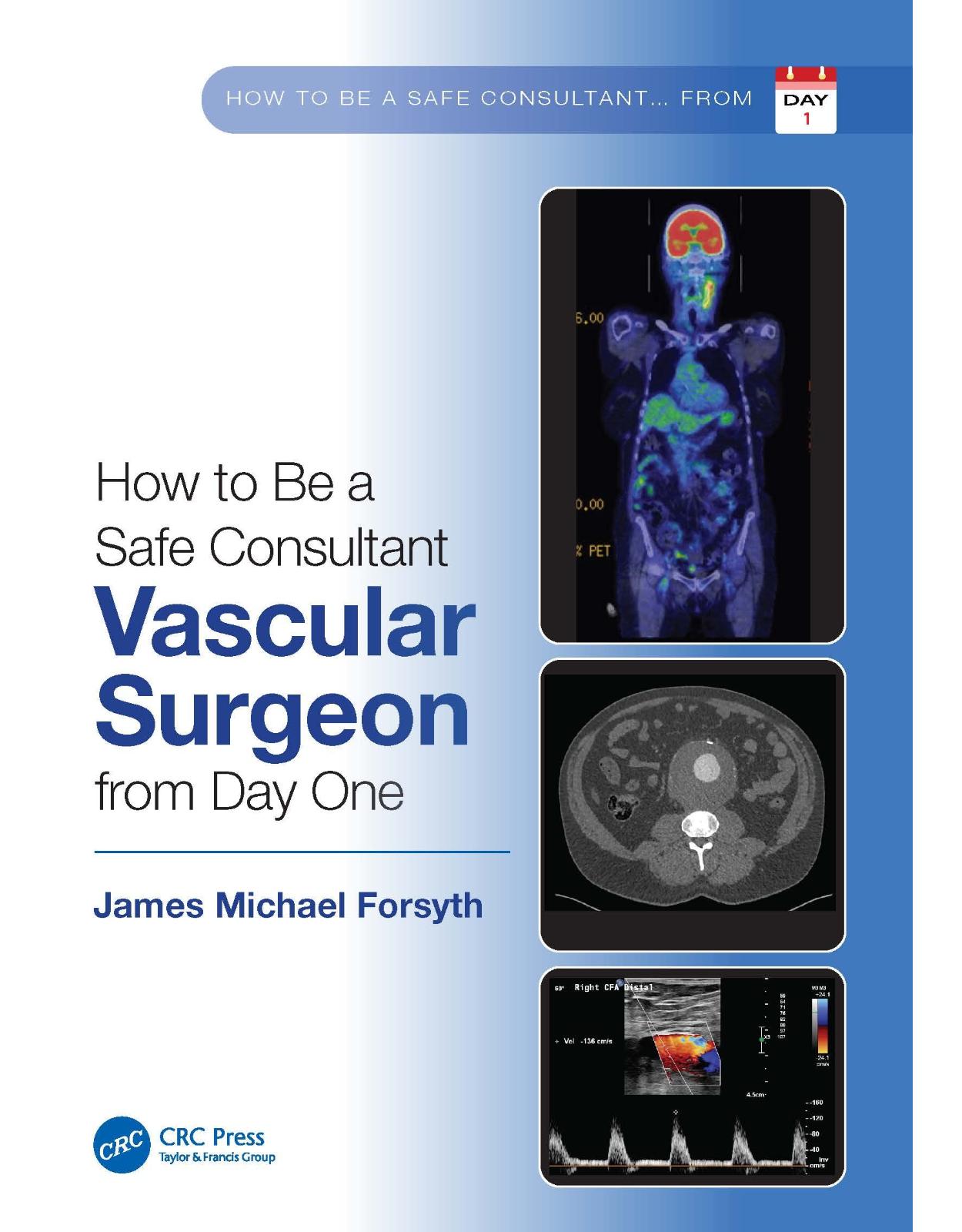
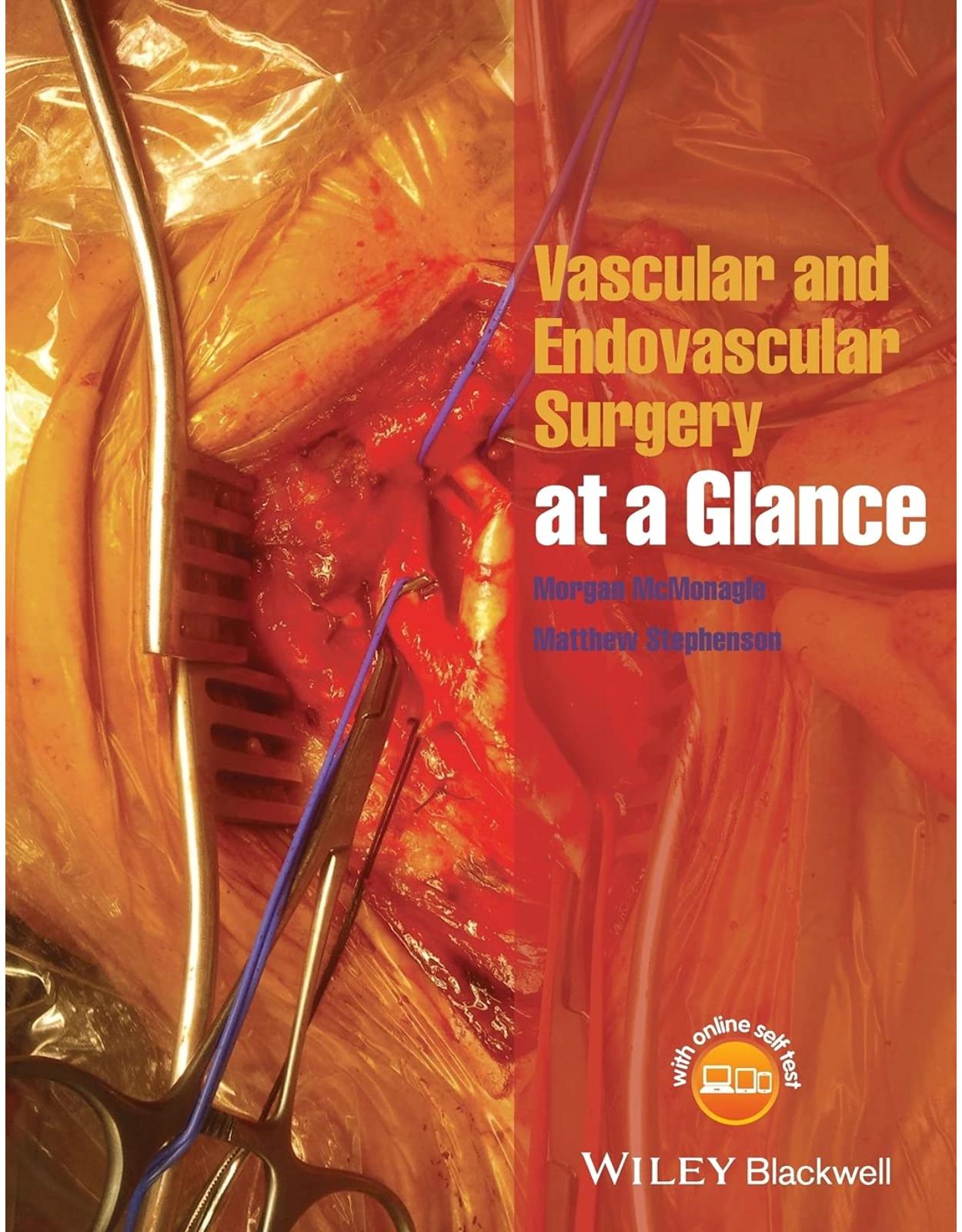
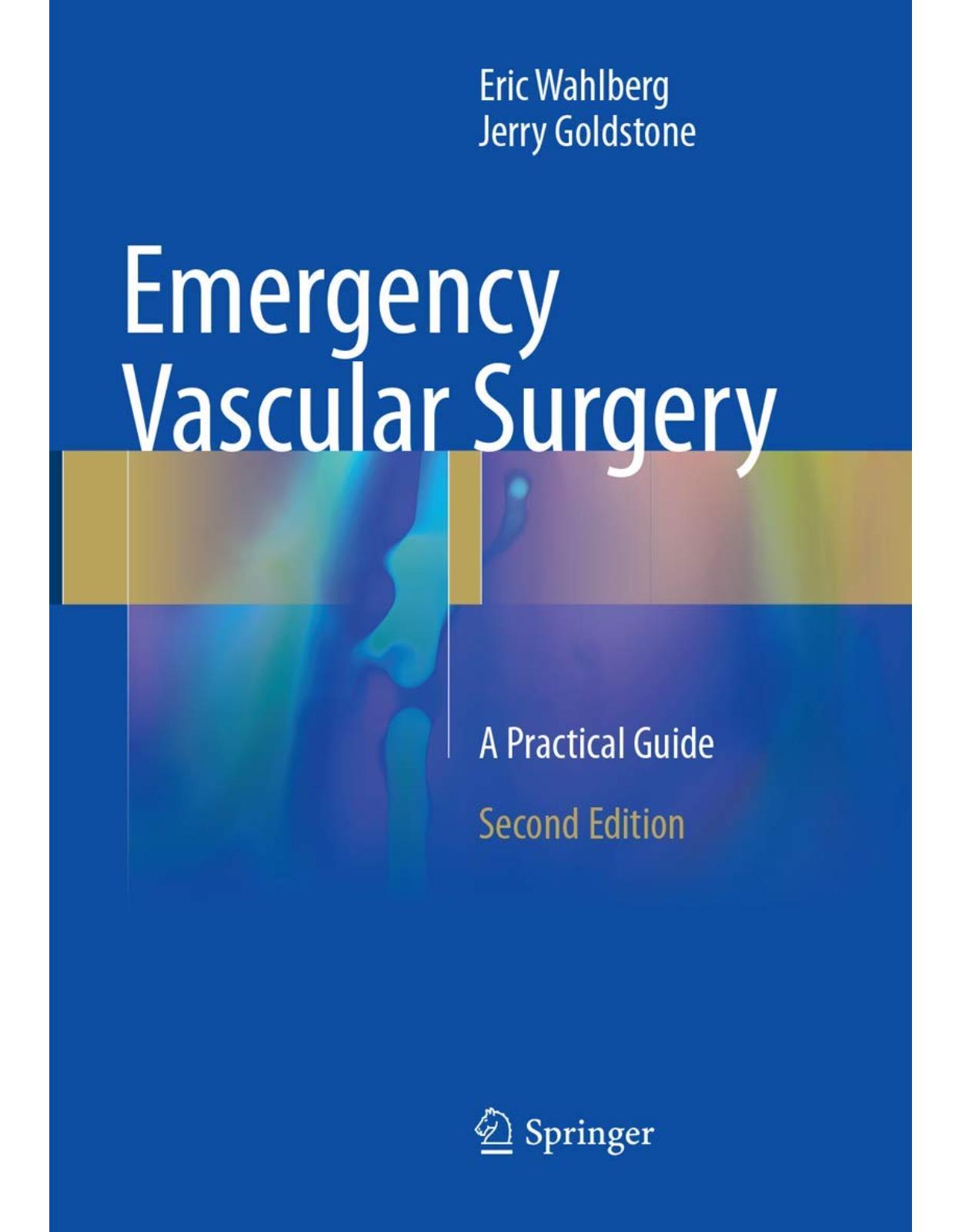
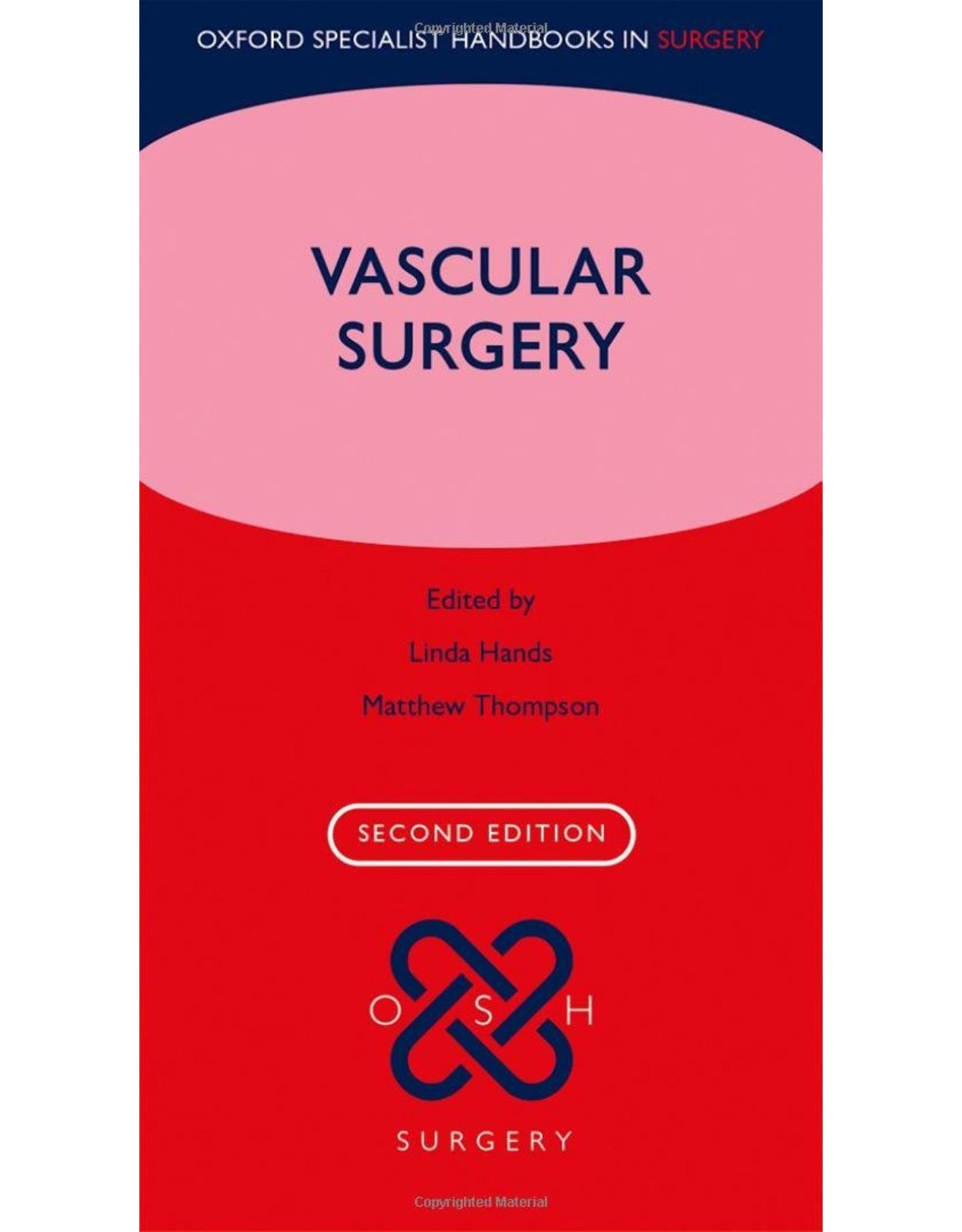
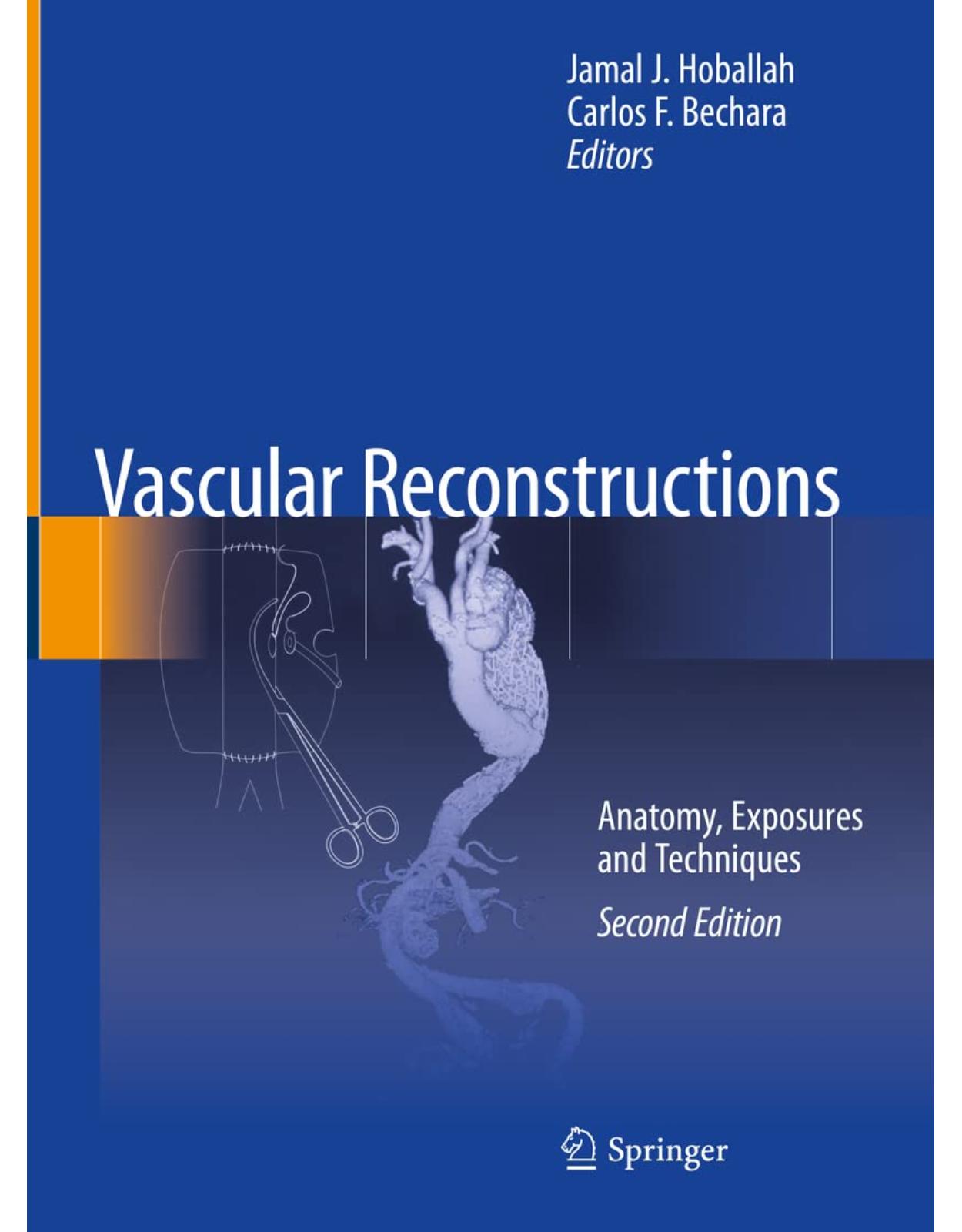
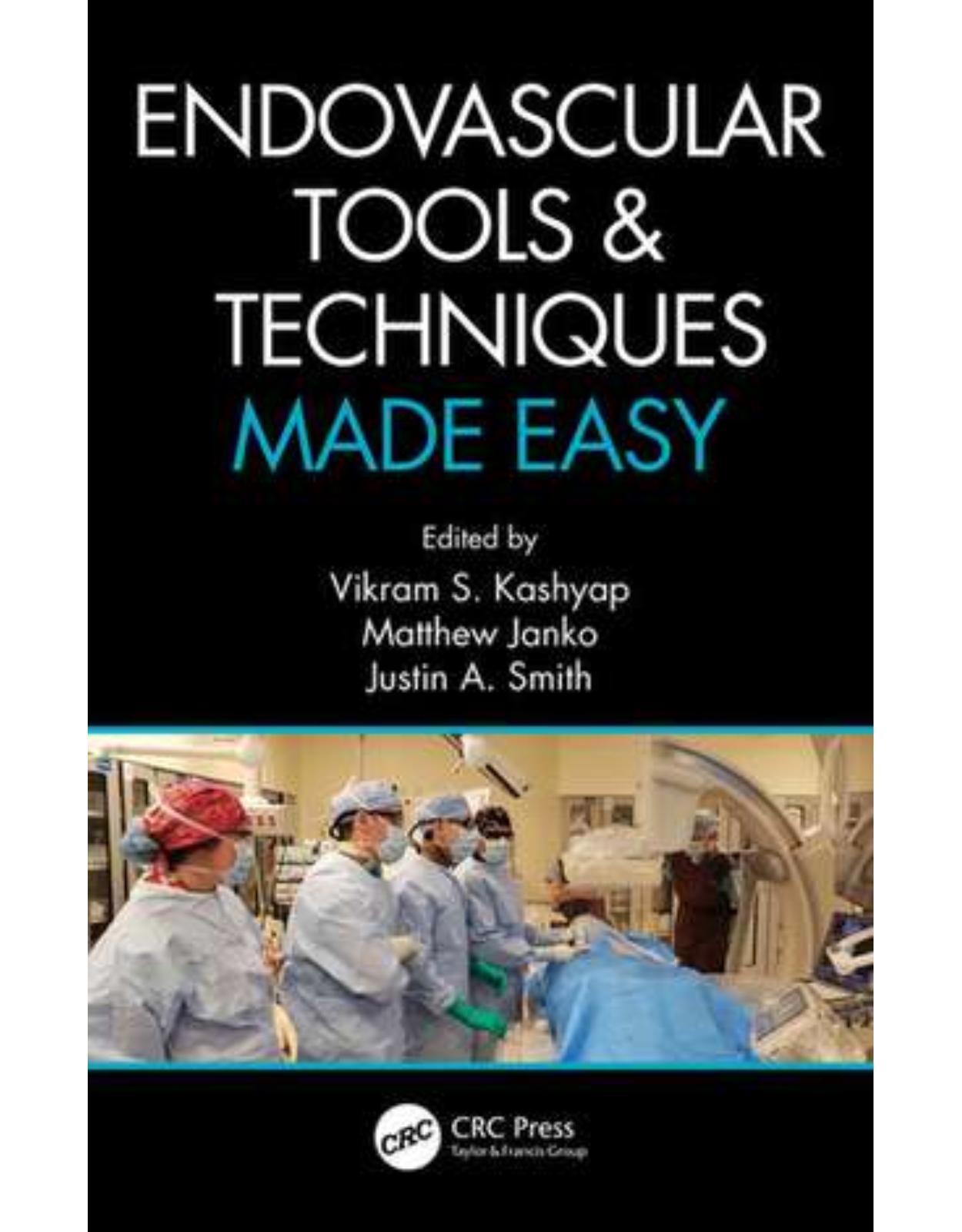
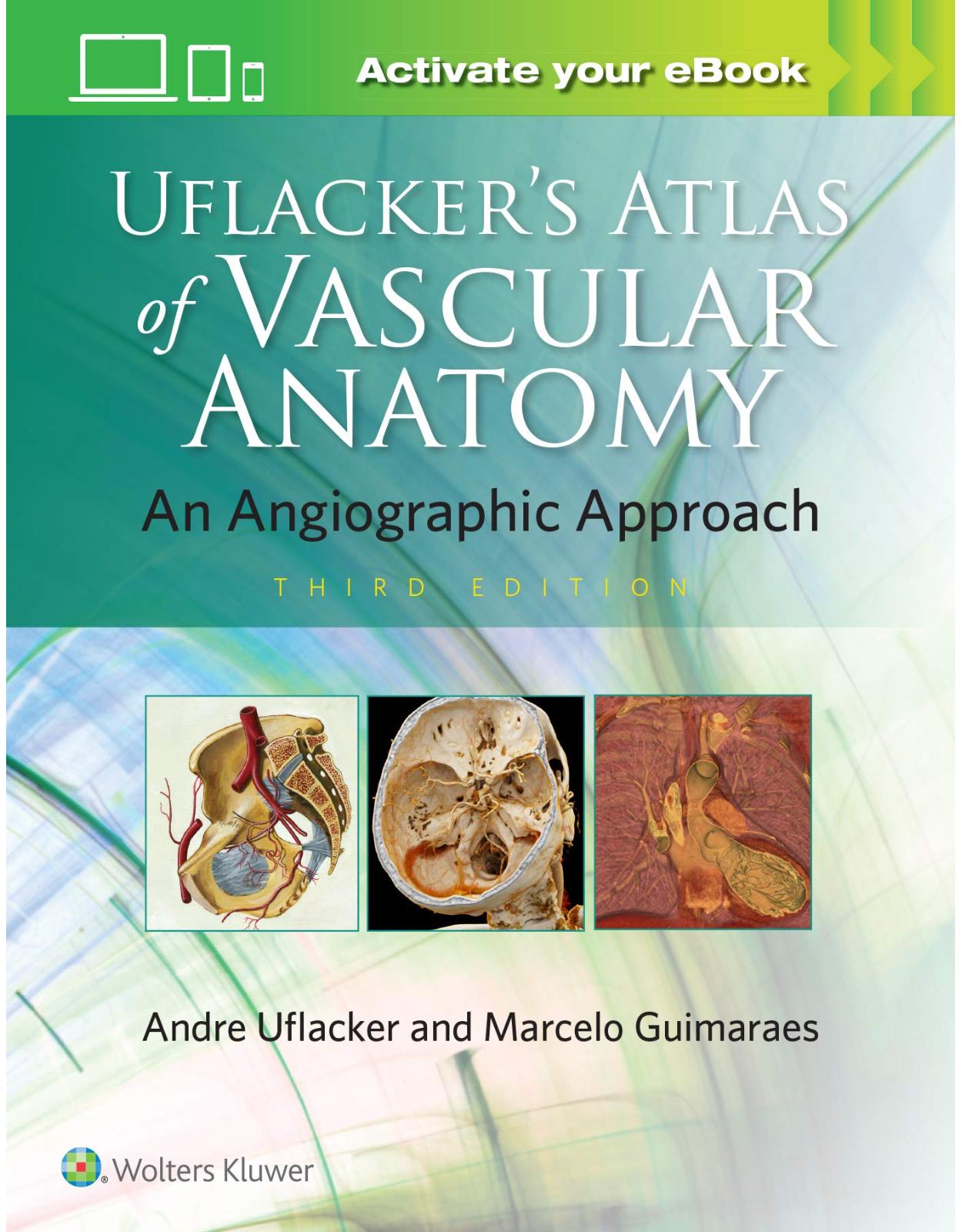
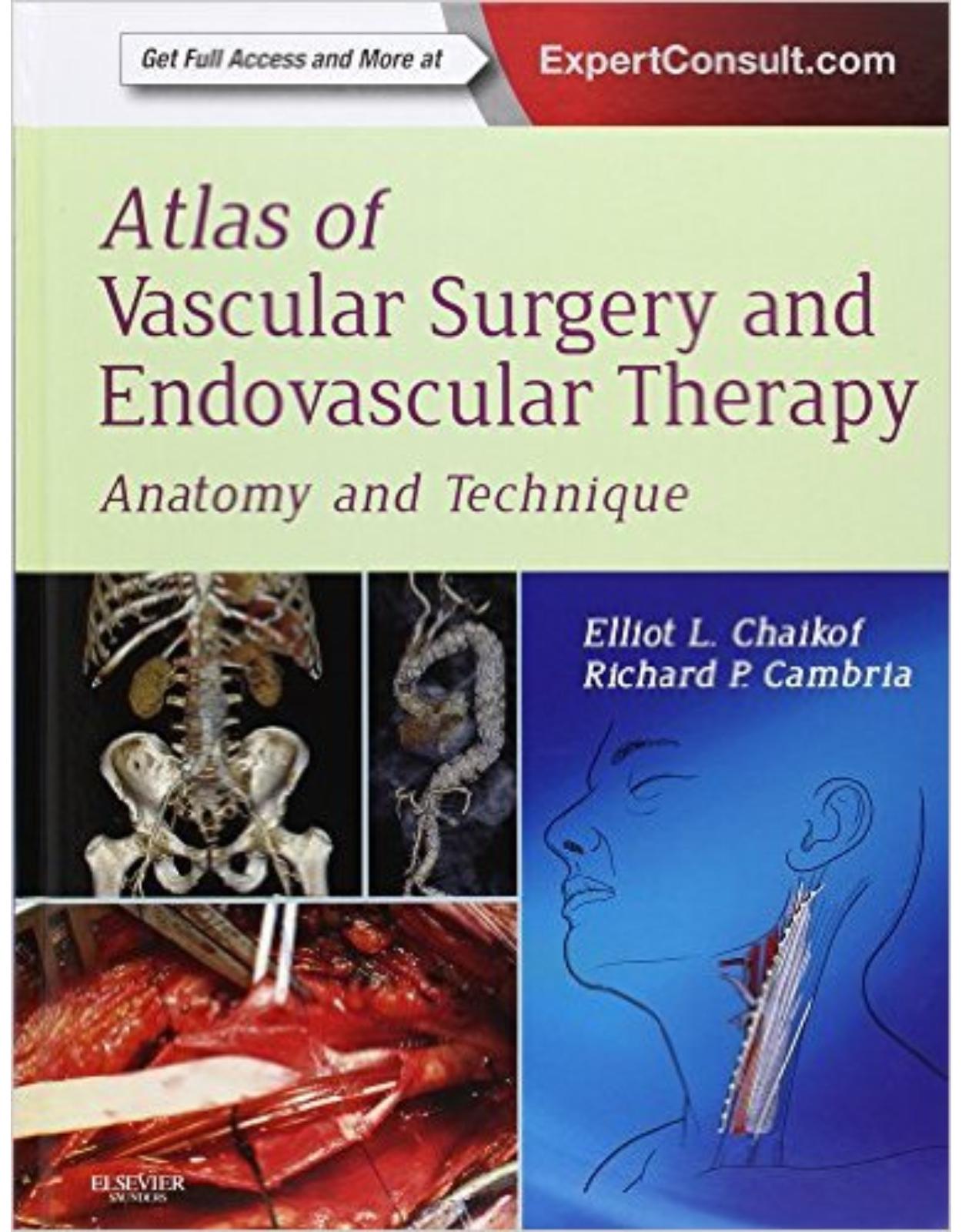
Clientii ebookshop.ro nu au adaugat inca opinii pentru acest produs. Fii primul care adauga o parere, folosind formularul de mai jos.